
loading
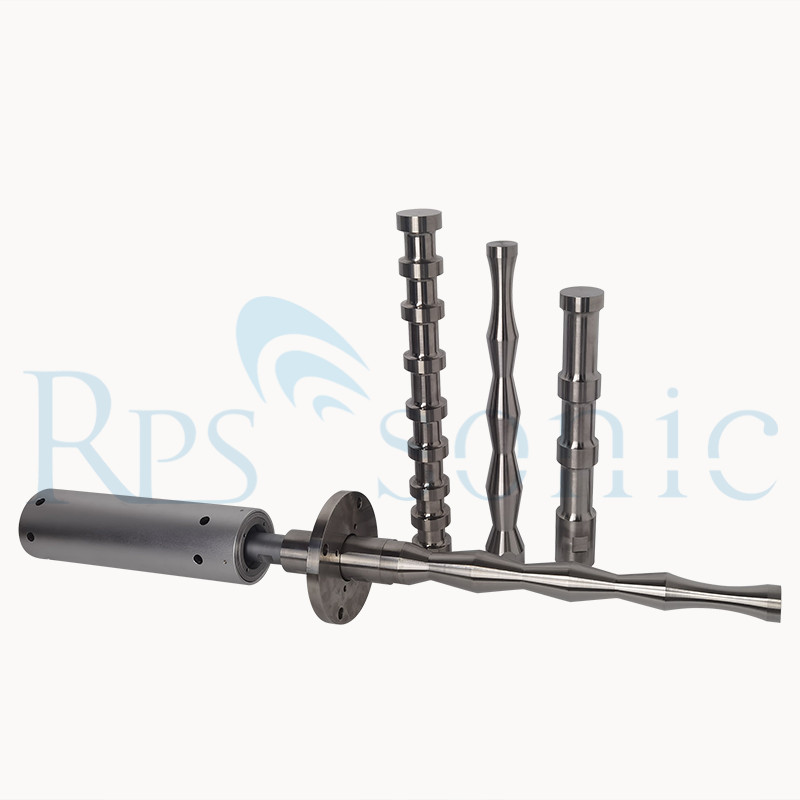
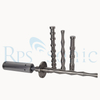
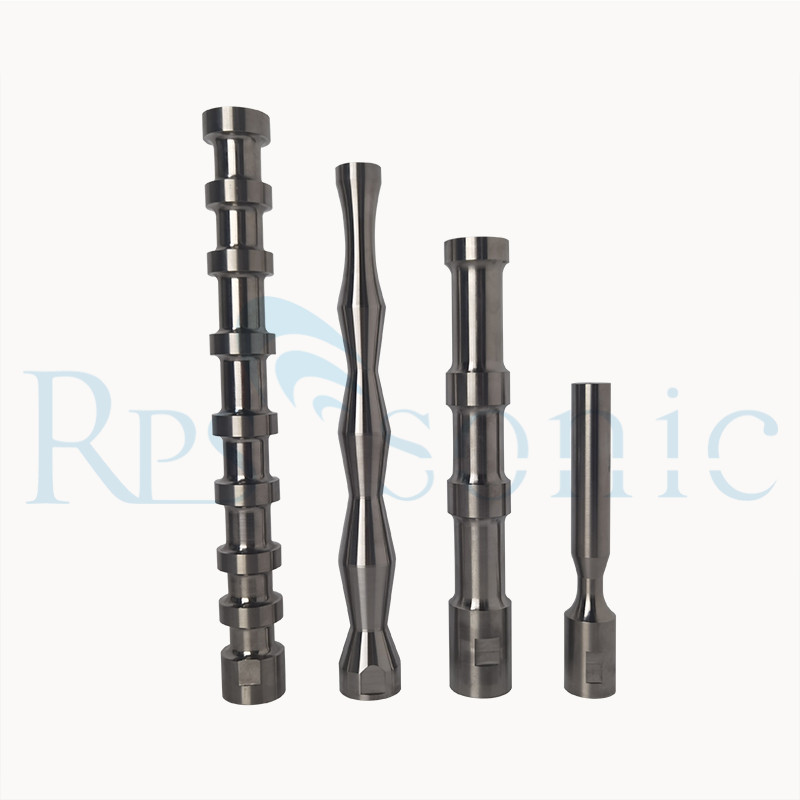
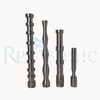

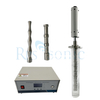

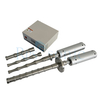
| Availability: | |
|---|---|
| Quantity: | |
RPS-SONO20
RPS-SONIC
| Place of Origin | China |
|---|---|
| Brand Name | RPS-SONIC |
| Certification | CE |
| Model Number | RPSS20-2000 |
| Minimum Order Quantity | 1set |
| Price | negotiation |
| Packaging Details | Foam And Wood Box |
| Delivery Time | 3days |
| Payment Terms | T/T, Western Union, MoneyGram |
| Supply Ability | 200 sets per month |
Description
Ultrasonic mixing equipment is a device that uses ultrasonic technology to mix liquids or solids. The equipment can effectively break the boundaries between substances and achieve efficient and uniform mixing through the cavitation effect and mechanical force generated by ultrasonic vibration. Ultrasonic mixing equipment is widely used in chemical, pharmaceutical, food, cosmetics and other industries. Especially in the mixing process that requires high uniformity and high efficiency, ultrasonic mixing equipment can provide unique advantages.
| Item | Parameter |
| Frequency | 20Khz |
| Power | 3000W |
| Capacity | 50L |
| Horn diameter | 50mm |
| Probe dip depth | 420mm |
Working principle of ultrasonic mixing
Ultrasonic transducer: The core component of ultrasonic mixing equipment is the ultrasonic transducer (or ultrasonic probe), which converts electrical energy into mechanical vibrations and transmits it through the liquid. The transducer generates high-intensity sound waves by vibrating at ultrasonic frequencies (usually between 20kHz and 100kHz).
Cavitation effect: In liquids, ultrasonic vibrations cause alternations of local high and low pressures, which in turn produce tiny bubbles. These bubbles expand rapidly under pressure and eventually collapse, a process called cavitation. The cavitation effect can produce strong shear forces and local high temperatures, which can effectively destroy the particles or material structures in the liquid.
Shear force and strong stirring: The shear force caused by the cavitation effect and the impact of tiny bubbles enable the substances in the liquid to be quickly and evenly dispersed or mixed. Solid particles, droplets, bubbles, etc. in the liquid will be quickly broken up, thereby achieving uniform mixing.
Efficient transmission: The frequency and energy of ultrasound can be adjusted as needed, so the intensity, speed and duration of the mixing process can be precisely controlled. Compared with traditional mechanical stirring, ultrasonic mixing equipment can achieve a more uniform mixing effect in a shorter time.
Sonochemical effects
• increase in reaction speed
•increase in reaction output
•more efficient energy usage
• sonochemical methods for switching of reaction pathway
•performance improvement of phase transfer catalysts
• avoidance of phase transfer catalysts
•use of crude or technical reagents
• activation of metals and solids
• increase in the reactivity of reagents or catalysts
• improvement of particle synthesis
• coating of nanoparticles
The range of application of sonochemistry reactor
• Dispersion
• Cell disruption
• Pharmacy sample prep
• Homogenization
• Emulsification
• Nanoparticle dispersion
• Atomization
• Graphene dispersion
• Biodiesel making;
• Liquidation,
• Crystallization,
• Extraction,
• Wastewater treatment,
• Accelerated reaction,
• kill microbes(cell disruption),
• Degradation of toxic organic pollutants
• antiscaling descaling in sewage treatment field
Description
Ultrasonic mixing equipment is a device that uses ultrasonic technology to mix liquids or solids. The equipment can effectively break the boundaries between substances and achieve efficient and uniform mixing through the cavitation effect and mechanical force generated by ultrasonic vibration. Ultrasonic mixing equipment is widely used in chemical, pharmaceutical, food, cosmetics and other industries. Especially in the mixing process that requires high uniformity and high efficiency, ultrasonic mixing equipment can provide unique advantages.
| Item | Parameter |
| Frequency | 20Khz |
| Power | 3000W |
| Capacity | 50L |
| Horn diameter | 50mm |
| Probe dip depth | 420mm |
Working principle of ultrasonic mixing
Ultrasonic transducer: The core component of ultrasonic mixing equipment is the ultrasonic transducer (or ultrasonic probe), which converts electrical energy into mechanical vibrations and transmits it through the liquid. The transducer generates high-intensity sound waves by vibrating at ultrasonic frequencies (usually between 20kHz and 100kHz).
Cavitation effect: In liquids, ultrasonic vibrations cause alternations of local high and low pressures, which in turn produce tiny bubbles. These bubbles expand rapidly under pressure and eventually collapse, a process called cavitation. The cavitation effect can produce strong shear forces and local high temperatures, which can effectively destroy the particles or material structures in the liquid.
Shear force and strong stirring: The shear force caused by the cavitation effect and the impact of tiny bubbles enable the substances in the liquid to be quickly and evenly dispersed or mixed. Solid particles, droplets, bubbles, etc. in the liquid will be quickly broken up, thereby achieving uniform mixing.
Efficient transmission: The frequency and energy of ultrasound can be adjusted as needed, so the intensity, speed and duration of the mixing process can be precisely controlled. Compared with traditional mechanical stirring, ultrasonic mixing equipment can achieve a more uniform mixing effect in a shorter time.
Sonochemical effects
• increase in reaction speed
•increase in reaction output
•more efficient energy usage
• sonochemical methods for switching of reaction pathway
•performance improvement of phase transfer catalysts
• avoidance of phase transfer catalysts
•use of crude or technical reagents
• activation of metals and solids
• increase in the reactivity of reagents or catalysts
• improvement of particle synthesis
• coating of nanoparticles
The range of application of sonochemistry reactor
• Dispersion
• Cell disruption
• Pharmacy sample prep
• Homogenization
• Emulsification
• Nanoparticle dispersion
• Atomization
• Graphene dispersion
• Biodiesel making;
• Liquidation,
• Crystallization,
• Extraction,
• Wastewater treatment,
• Accelerated reaction,
• kill microbes(cell disruption),
• Degradation of toxic organic pollutants
• antiscaling descaling in sewage treatment field








Ultrasonic Welding Equipment Ultrasonic Welding Transducer Ultrasonic Welding Converter Ultrasonic Liquid Processor Ultrasonic Cutting Equipment Ultrasonic Spray Nozzles Ultrasonic Power Supply Ultrasonic Soldering Equipment Ultrasonic Welding Horn Ultrasonic Assisted Machining Ultrasonic Testing Equipment